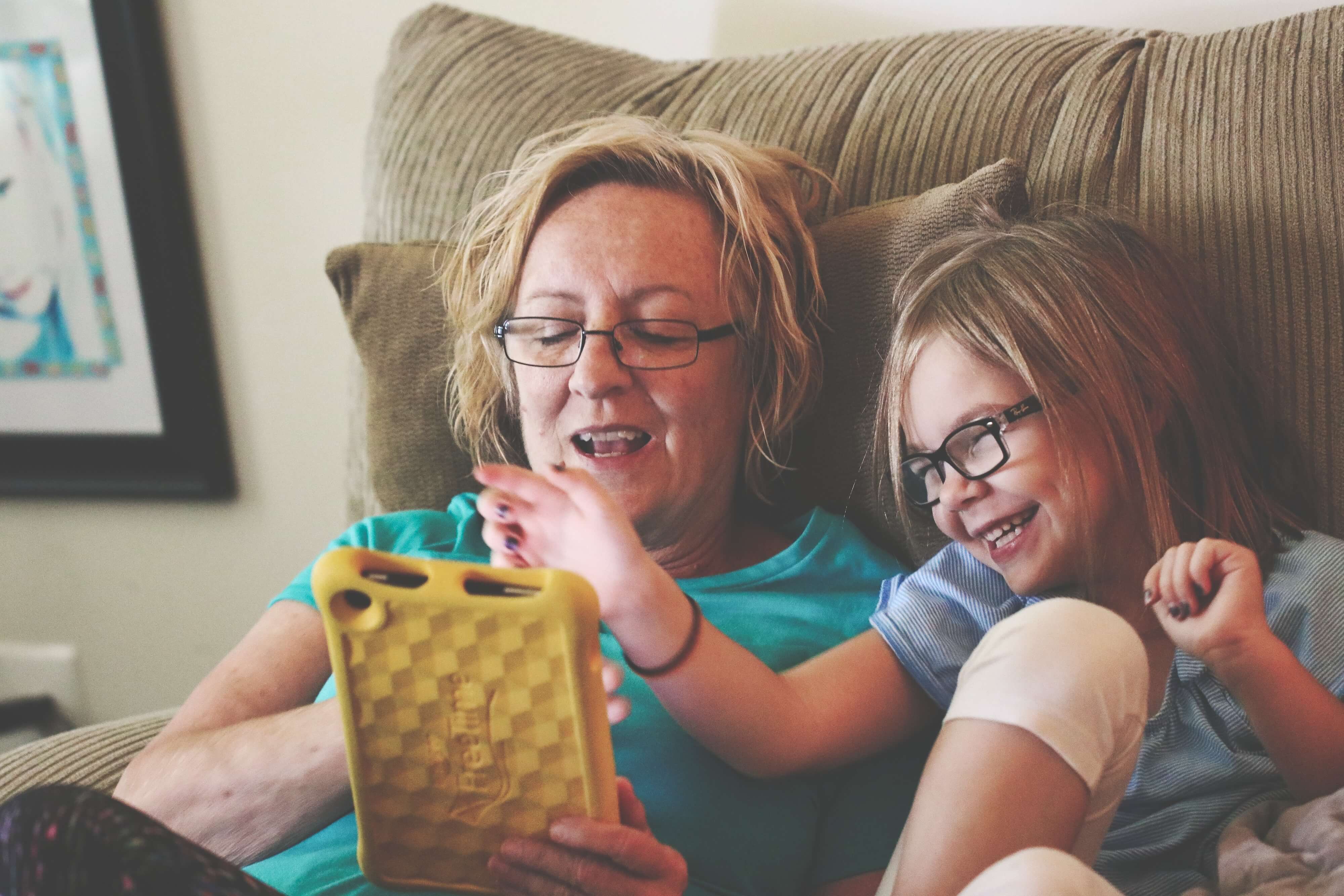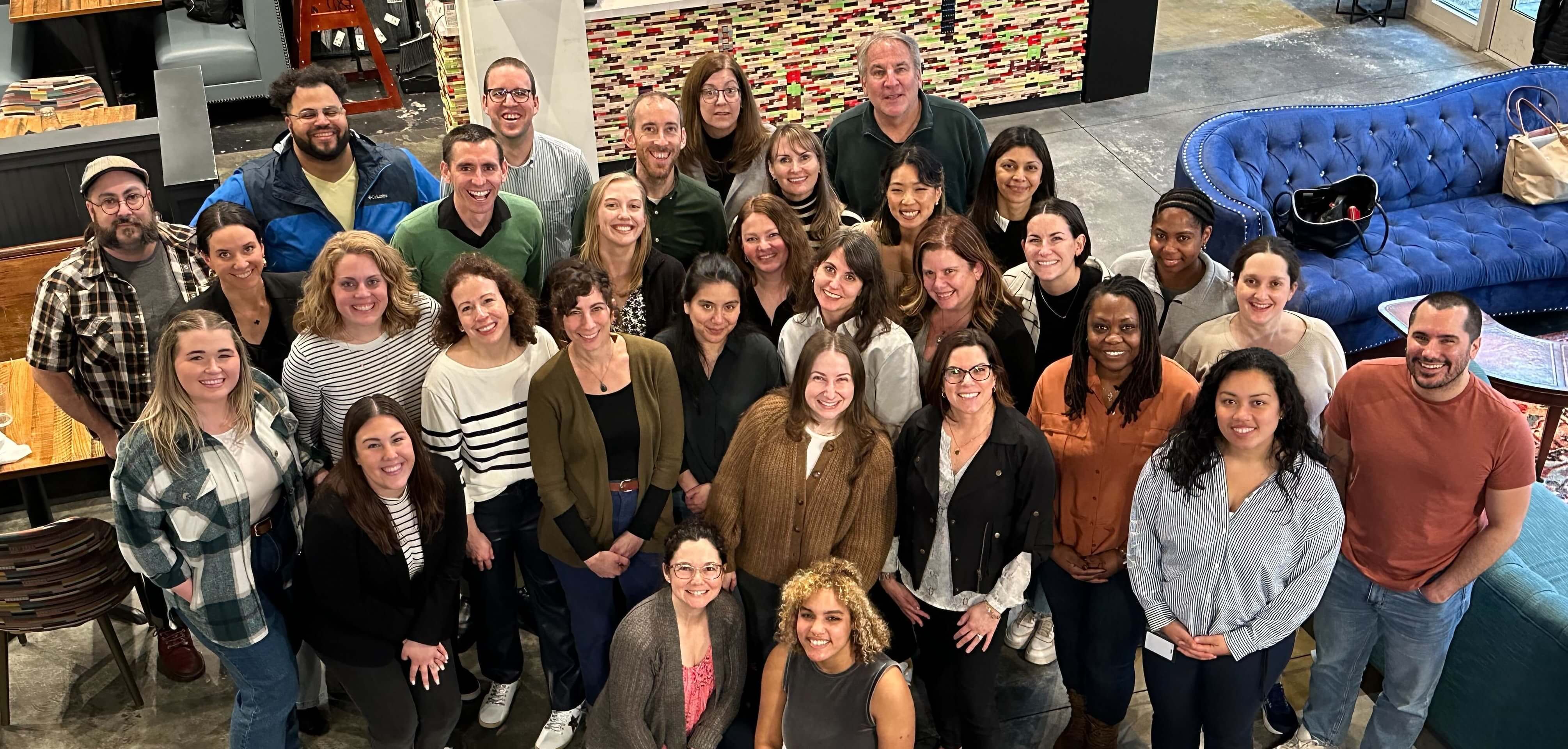Teachers Leading the Way
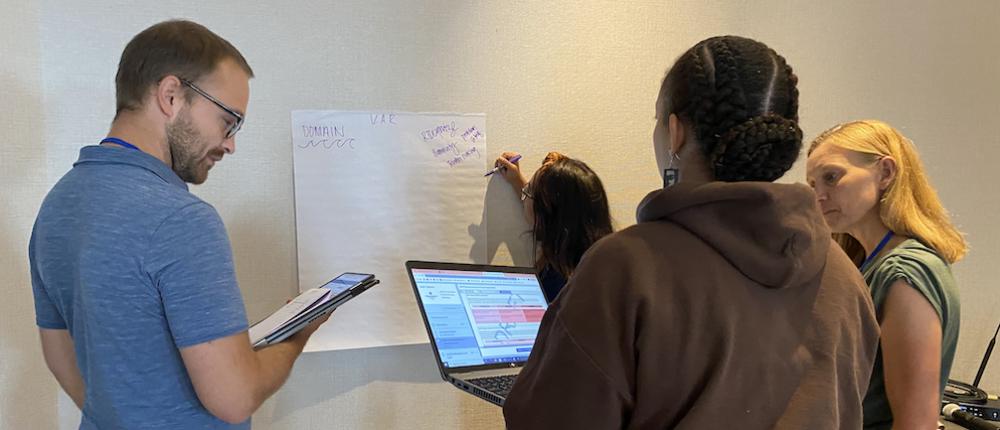
Alliance Fellows kick off a new season of implementing Decision Education
For years, in classrooms across the country, a handful of teachers have taught some decision-making skills to their students. The Alliance for Decision Education is working to spread that work to every U.S. school, so that all students benefit from learning the powerful and life-long skills necessary to make improved decisions.
Toward that end, the Alliance launched a Teacher Fellowship program three years ago aimed at building a community of teachers who are committed to learning about Decision Education and sharing it with their students.
This month, the Alliance launched its largest Fellowship program, including 48 teachers ranging from New York to Hawaii to Puerto Rico. From August 2-5, 32 of them converged in Philadelphia for an Orientation where they shared ideas, energy, and excitement about how they hope Decision Education will reshape their work and their students’ lives. “I already envision so many different possibilities for the upcoming school year. I can’t wait to turn them into a concrete action plan as we continue our learning journey,” said Yishan Lee, an earth science teacher in Queens County, NY.
Through the Fellowship, teachers will work with Alliance staff to build their knowledge of Decision Education so they can then weave these techniques into unit and lesson plans, and help students improve their decision-making skills.
While this is the third year for the program, it is the first time teachers have been able to meet in person. And it made a difference. “We had the opportunity to build organic relationships,” said Nicole Campbell, a music teacher at Church Farm School in Philadelphia.
“Developing strong relationships with other educators is one of the keys to improvement as a teacher. It gives you someone to bounce ideas off, reflect with, and is a low-pressure way to get feedback from the people you most trust,” said Abby Sheffer, one of the Alliance Education Managers who organized the Orientation.
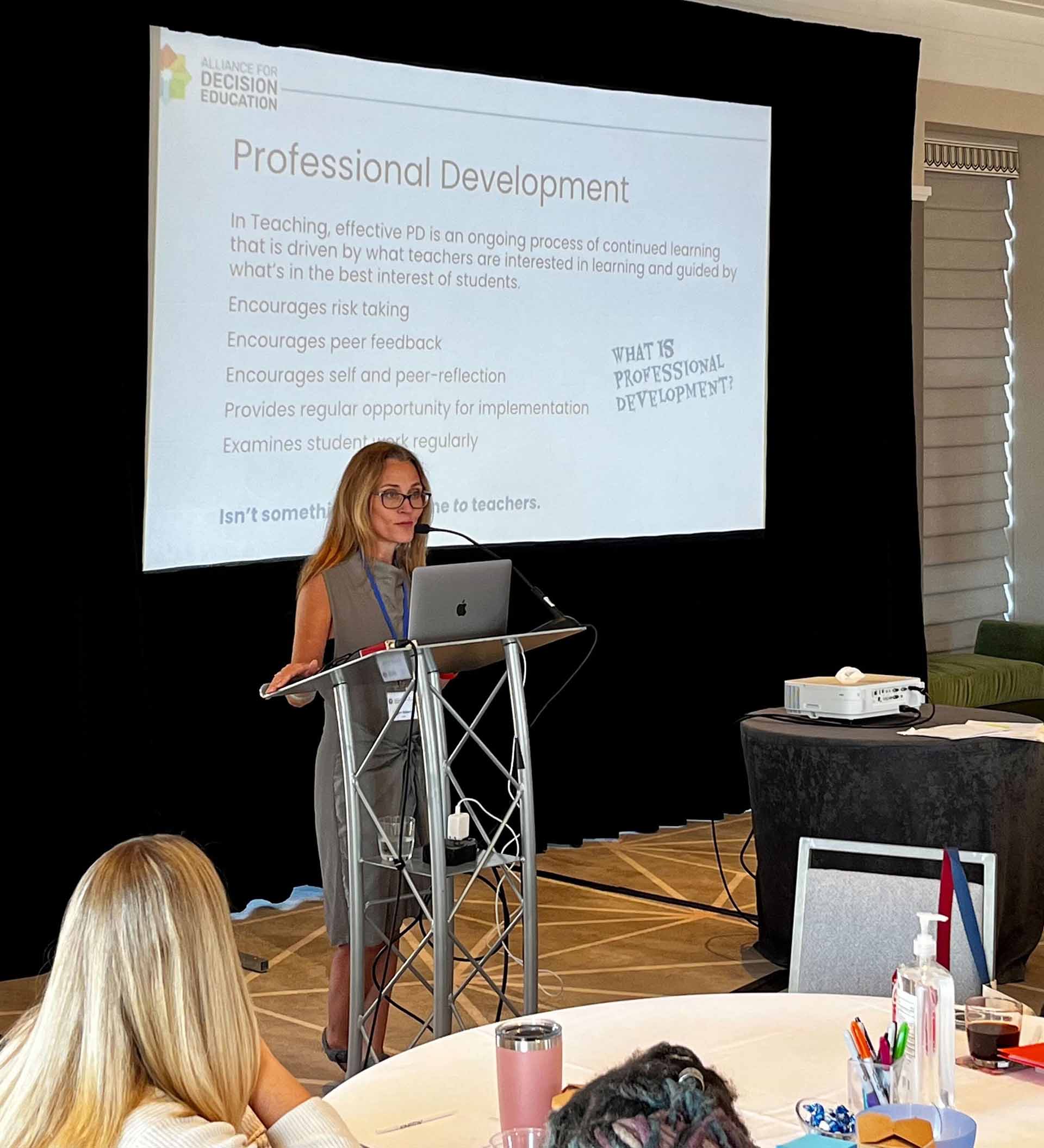
Megan Roberts, Alliance Director of Education, said she was energized to see how quickly the teachers connected to form a mutually supportive community. “Their collaboration, trust in one another and willingness to shift their instructional thinking is inspiring. It gives me great confidence that as a group, they will serve as leaders in integrating decision education into their classrooms, as well as helping us to systematize models that work for teachers nationally.”
The Orientation featured first-year fellows, and second-year fellows who are doing a deeper dive into Decision Education. The three days featured learning sessions like “Getting to Know the Alliance” and “Knowing Ourselves as Decision Makers.” And after each day of learning, teachers had the opportunity to bond—whether socializing or being mesmerized at the Museum of Illusions.
Alliance Executive Director Joe Sweeney, Ed.D., welcomed and thanked every teacher for their time and commitment to this work. Sweeney noted that once you start paying attention to decision-making, you realize that it is involved in everything that you do. And that decision opportunities matter over time, especially for students.
“There are a lot of impactful decisions and cumulative decisions that stack up in a person’s life. The growth of agency, I believe, comes from exercising decision-making, and getting feedback from the world and from trusted adults and peers,” Sweeney said. That’s why it’s imperative, he said, that the early adopters of DE—including the teachers at the Orientation—become the champions of the movement moving forward.
“Probably more important now than it’s been any time in the past is how do we prepare young people for life? What are the skills, dispositions, and knowledge that they need to contribute to the best life possible for those they love and care about, and for their communities? I am putting my shoulder behind this effort because I think it is the best hope for what can be great about education.”
I am putting my shoulder behind this effort because I think it is the best hope for what can be great about education.
Joe Sweeney
Alliance Executive Director
One of the focal points of the Orientation was advice from Fellowship veteran Joanne Calder, a teacher at Beach Grove Elementary in British Columbia. Calder presented “Perspectives from the Classroom” on Day 2, and many teachers found her talk of critical importance—it provided examples of how to implement the decision education framework in a classroom setting. “Including alumni was really helpful in providing an educational context for the overall concept of decision-making,” says Nolan Grady, a math teacher at Cristo Rey Philadelphia High School.
Even as a seasoned practitioner of Decision Education, Calder said that the Orientation made an impact. “Though I’ve been working with decision skill education for several years, I continue to get new ideas/information and have my thinking challenged.”
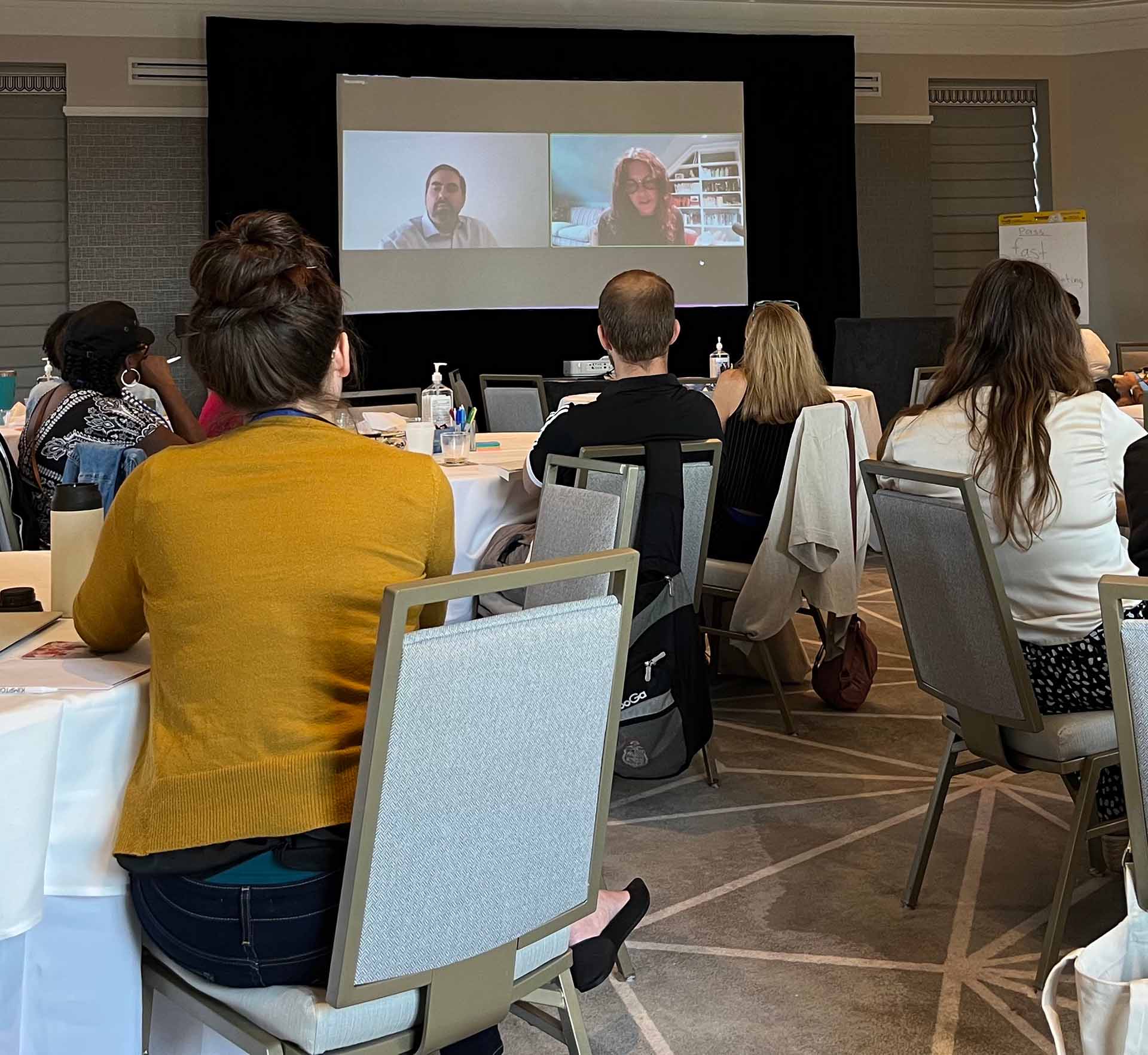
Another highlight was the real-time chat between Sweeney and Alliance Co-Founder Annie Duke, who relayed a range of compelling concepts about decision-making. Duke discussed the difference between a decision that is complex and one that is complicated. She described how people can apply the idea of loss limits (deciding beforehand what you’re willing to lose while betting) to life situations, such as tapping out on an ascent of Mt. Everest at a prescribed time rather than running the risk of exposure and oxygen depletion by staying too long in the Death Zone. She explained how it is important to evaluate decision-making based on process—rather than results—because luck, or a lack thereof, can come into play and make a good or bad process look terrible or brilliant in hindsight.
But perhaps her greatest insight was relating the line of play (a series of decisions) that one might employ while playing poker to the way that anyone should think about the decisions in their own life. Whether that is dealing with a truculent teenager, or deciding what new job to take.
When teachers asked how Decision Education might help with the inequities they see in their classrooms, Duke shared two thoughts:
First, while recognizing that people are dealt different hands in life, it is possible to help them by improving their decision-making skills, so that they can move as close to their potential as possible.
And second, there is the idea of decision pathways, and the power of a possible chain of choices in the long-run. “Everybody has some distribution of outcomes that are available to them, so we want to see if there’s some intervention we can do that’s going to allow them to have a better chance of good things happening to them,” said Duke.
I felt inspired and excited to try new things this fall.
Yishan Lee
Earth Science Teacher
She acknowledges that we can’t guarantee specific positive outcomes, but that teaching these skills and asking larger life questions is necessary to improve lives. “How do you actually approach things? How do you think about your habits? How do we get you to think more long-term? Because tiny differences have a huge impact across all the decisions that you’re ever going to make. It’s like compounding interest. It’s going to change the trajectory of things available to them,” said Duke.
The teachers also were introduced to the four domains of DE: Thinking Probabilistically, Valuing and Applying Rationality, Structuring Decisions, and Recognizing and Resisting Cognitive Biases. “I was able to connect it with scientific standards and personal experiences,” said Lee. “It was also helpful to hear from past fellows and receive insights on how they integrated Decision Education into their classroom. I felt inspired and excited to try new things this fall.”
Sheffer said a key aspect of the Fellowship program will be learning with the Fellows what Decision Education can become across different subject areas and grades. “Building these relationships in the Fellowship will give us a way to test new ideas, apply and tweak them across different contexts, and analyze the results together to determine best practices and develop a shared understanding of how decision education looks, sounds, and feels in the classroom.”
That’s a sentiment we’re all shooting for.
